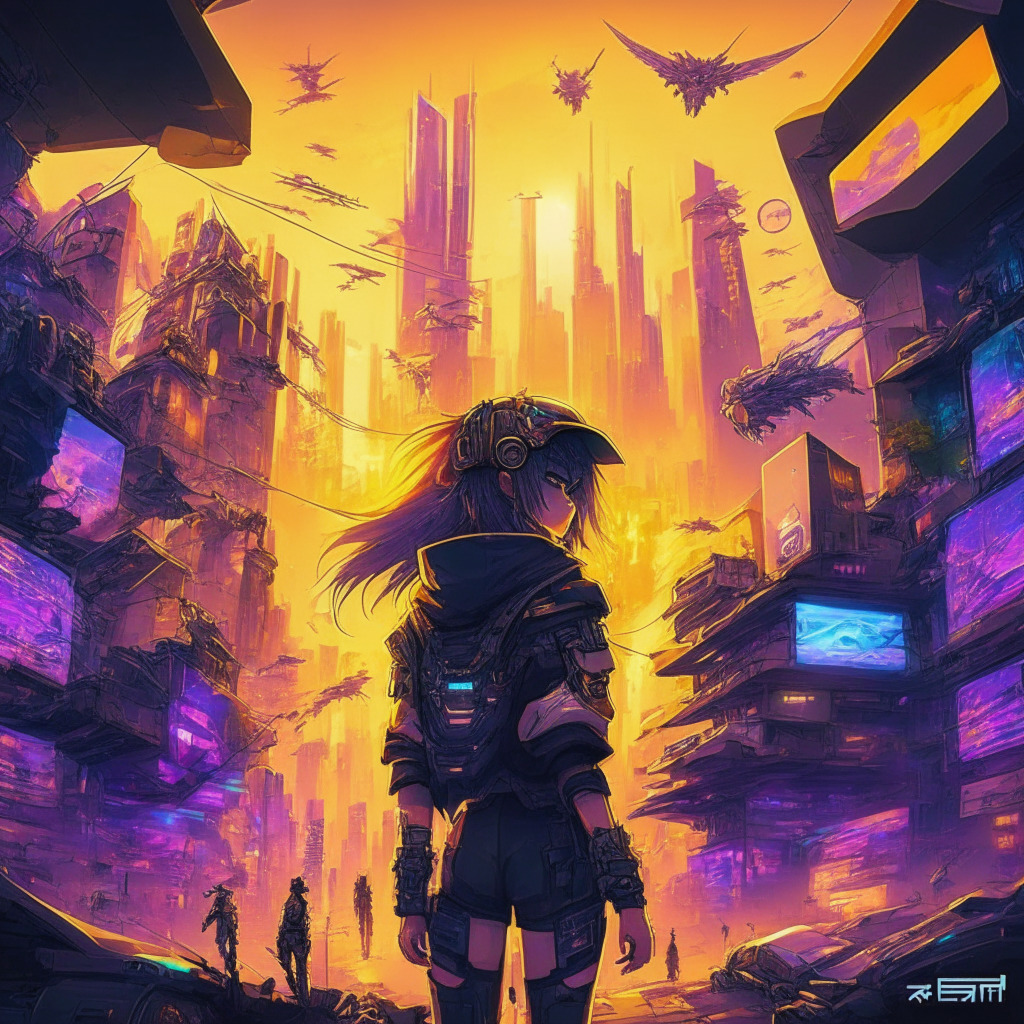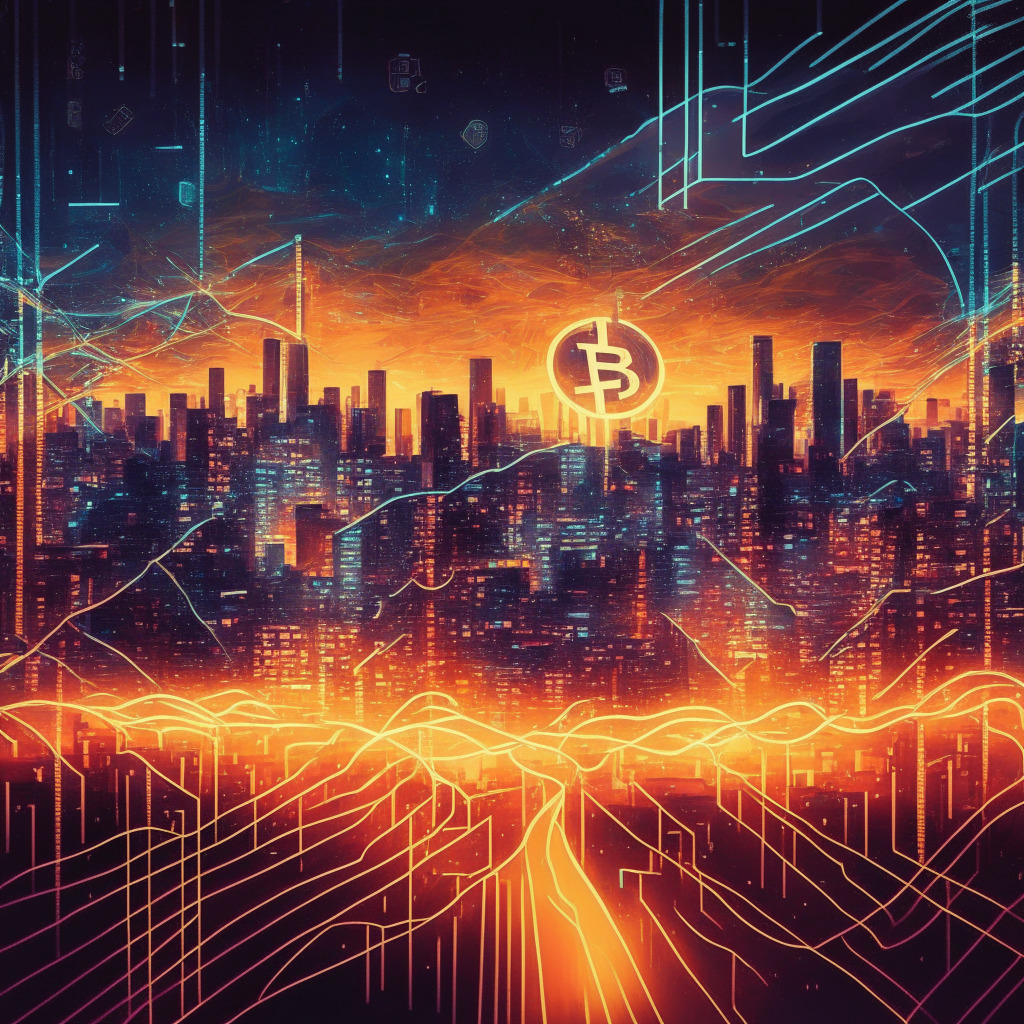Japanese pop artist Takashi Murakami, a renowned icon whose work spans from swanky Louis Vuitton bags to anime-inspired characters on Supreme shirts, recently tiptoed into the thrilling cryptoverse with his Non-Fungible Tokens (NFTs) projects. However, Murakami’s digital adventure presented an unexpected twist with his initial project taking a blow from the 2022 crypto collapse.
Despite this setback, Murakami’s belief in harnessing the digital world for art remained unshaken, as illustrated by his latest exhibit at San Francisco’s Asian Art Museum. Devoted fans and crypto-enthusiasts visiting the exhibition might find themselves contemplating the transformative journey of art from physical canvases to digital tokens on blockchain platforms like OpenSea.
Although stumbling into hurdles, like having his flower-themed tokens’ value drop from $260,000 to a mere $2,200 following the downfall of FTX, Murakami rightly acknowledged the risks associated with the unpredictable crypto markets. In a token of gratitude and consolation to his disappointed investors, the artist paused sales and offered sincere apologies, demonstrating an often scarce trait of humility in the buzzing crypto scene.
The saga, however, did not pacify his relentless spirit. Assessing various technological facets, from preferring ERC-721 or 1155 to leveraging IPFS or independent smart contracts, Murakami’s exploration deepened. Entering the realm of decentralized finance seemed unprecedented to the artist who toyed with ideas like setting up a physical store for his digital art.
Diving into the conceptual intricacies of his work, Murakami often reflects on Japan’s evolving societal structure that blurs the line between ‘high’ and ‘low’ art. He perceives NFTs as an ambitious medium that bridges this cultural gap further, even though similar enthusiasm is yet to gain momentum in the art circles.
Casting a wider lens, an argument arises on how the crypto collapse could influence the course of the creative industry. Despite the mismanagement and irresponsible behavior of powerful figures like Elon Musk and Mark Zuckerberg, Murakami projects a light of optimism.
Convinced that the crypto market’s downswing merely represents a temporal transition, he continues to confidently traverse the intersection of the metaverse and the real world within the art landscape. Contrary to the skepticism surrounding the digital art world, Murakami sees the opportunity for NFT art to shine on the global stage as creative minds become more comfortable with this concept.
As the digital tide continues to rise, the value of Murakami’s paintings, inspired by his NFTs, remains resilient, some selling upwards of $70,000. The artist’s saga reveals intriguing dimensions to the crypto markets, at times fluctuating wildly, but persistently opening doors to a fascinating future for global art.
Source: Cointelegraph




